 To enhance service speed and avoid tariff delays, we've opened a US warehouse. All US orders ship directly from our US facility.
To enhance service speed and avoid tariff delays, we've opened a US warehouse. All US orders ship directly from our US facility.
| Cat. No. | Product Name | Field of Application | Chemical Structure |
|---|---|---|---|
| A750 | TRU-015 Biosimilar(Anti-CD20 Reference Antibody) Featured |

|
|
| A749 | Siplizumab Biosimilar(Anti-CD2 Reference Antibody) Featured |
Siplizumab (MEDI-507) is a humanized IgG1 monoclonal antibody against CD2. Siplizumab depletes T cells, decreases T cell activation, inhibites T cell proliferation and enriches naïve and bona fide regulatory T cells.
More description
|
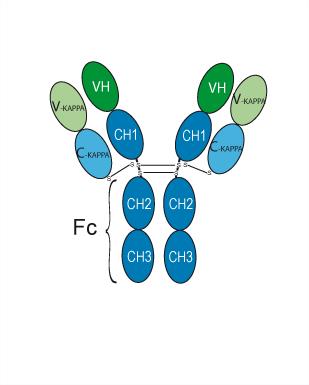
|
| A748 | Immunomedics hA19 Biosimilar(Anti-CD19 Reference Antibody) Featured |

|
|
| A747 | Duke U. patent anti-CD19 Biosimilar(Anti-CD19 Reference Antibody) Featured |

|
|
| A746 | Coltuximab Biosimilar(Anti-CD19 Reference Antibody) Featured |

|
|
| A745 | Obexelimab Biosimilar(Anti-CD19 Reference Antibody) Featured |
Obexelimab (XmAb5871) is a humanized anti-CD19 antibody. Obexelimab works by inhibiting B cell receptor (BCR) mediated calcium influx and promoting the phosphorylation of Fc γ receptor IIb (FcγRIIb), which reduces B cell activation and function, leading to B cell apoptosis. Obexelimab can be used in research for rheumatoid arthritis and systemic lupus erythematosus.
More description
|
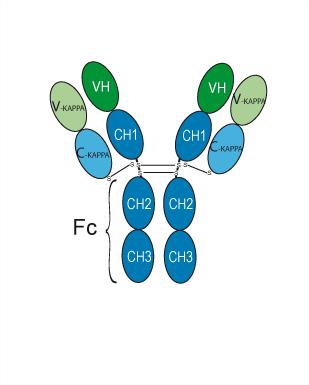
|
| A744 | Denintuzumab Biosimilar(Anti-CD19 Reference Antibody) Featured |
Denintuzumab (hBU 12) is a recombinant humanized anti-CD19 monoclonal antibody. Denintuzumab can be used as the antibody moiety (ADC antibody) of antibody-drug conjugates to synthesize ADC, Denintuzumab Mafodotin (SGN-CD19A). Denintuzumab Mafodotin can be used in the research of acute lymphoblastic leukemia.
More description
|

|
| A743 | Loncastuximab Biosimilar(Anti-CD19 Reference Antibody) Featured |
Loncastuximab (RB4v1.2) is an anti-CD19 monoclonal antibody. Loncastuximab shows antitumor activity and has potential application in non-Hodgkin's lymphoma (NHL), including diffuse large B-cell lymphoma (DLBCL).
More description
|
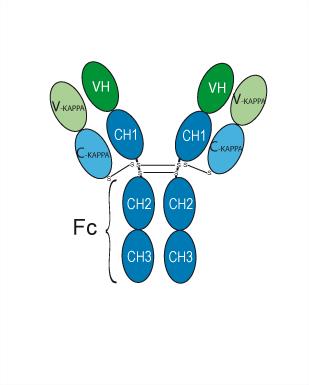
|
| A742 | Inebilizumab Biosimilar(Anti-CD19 Reference Antibody) Featured |
Inebilizumab is an anti-CD19 monoclonal antibody (mAb) with enhanced antibody-dependent cell-mediated cytotoxicity against B cells. Inebilizumab can be used for multiple sclerosis and neuromyelitis optica research.
More description
|
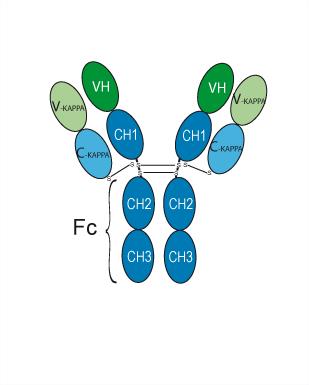
|
| A741 | Tafasitamab Biosimilar(Anti-CD19 Reference Antibody) Featured |
Tafasitamab (XmAb5574) is an Fc-modified, humanized monoclonal antibody that binds to the human B-cell surface antigenCD19.
More description
|
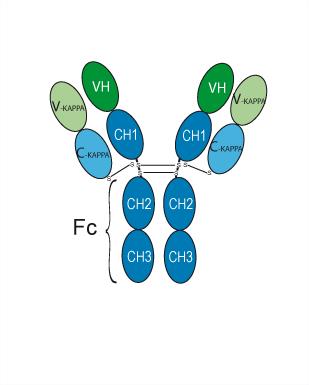
|
| A740 | OR2805 Biosimilar(Anti-CD163 Reference Antibody) Featured |

|
|
| A739 | Pierre Fabre patent anti-CD151 Biosimilar(Anti-CD151 Reference Antibody) Featured |

|
|
| A738 | Atibuclimab Biosimilar(Anti-CD14 Reference Antibody) Featured |
Atibuclimab, is a chimeric monoclonal antibody directed against CD14 and is composed of murine variable and human IgG4 Fc regions. Atibuclimab can be used for the research of amyotrophic lateral sclerosis. Atibuclimab attenuates LPS-induced symptoms and strongly inhibits LPS-induced proinflammatory cytokine release, while only delaying the release of the anti-inflammatory cytokines soluble TNF receptor type I and IL-1 receptor antagonist.
More description
|
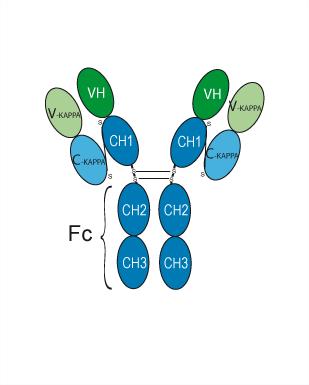
|
| A737 | Leronlimab Biosimilar(Anti-CCR5 / CD195 Reference Antibody) Featured |
Leronlimab (PRO 140) is a humanized IgG4 anti-CCR5 monoclonal antibody. Leronlimab inhibits CCR5-mediated HIV-1 viral and lung metastasis in mouse tumor models. Leronlimab can be used for the research of HIV nonalcoholic steatohepatitis (NASH) and cancer.
More description
|
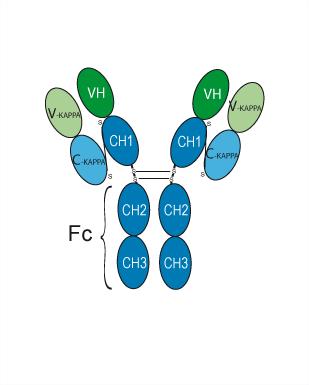
|
| A735 | Plozalizumab Biosimilar(Anti-CCR2 / CD192 Reference Antibody) Featured |
Plozalizumab (MLN-1202) is a specific humanized anti-CCR2 antibody. Plozalizumab can be used for malignant melanoma research.
More description
|
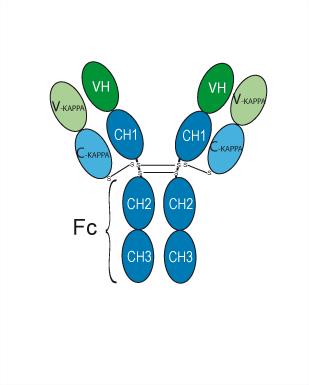
|
| A734 | Pamrevlumab Biosimilar(Anti-CCN2 / CTGF Reference Antibody) Featured |
FG-3019 (Pamrevlumab) is a recombinant human antibody that binds to connective tissue growth factor (CTGF). FG-3019 can be used for the research of idiopathic pulmonary fibrosis (IPF).
More description
|
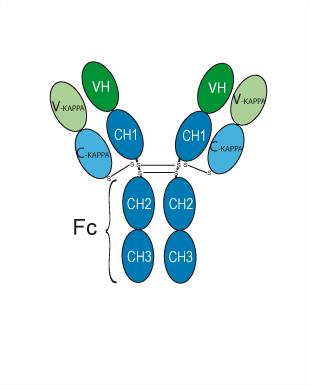
|
| A733 | E-6071 Biosimilar(Anti-CCL20 Reference Antibody ) Featured |

|
|
| A732 | Carlumab Biosimilar(Anti-CCL2 / MCP1 Reference Antibody) Featured |
Carlumab (CNTO 888) is a human anti-CCL2 (chemokine ligand 2) antibody with high affinity. Carlumab can be used in cancer research, particularly in prostate cancer.
More description
|
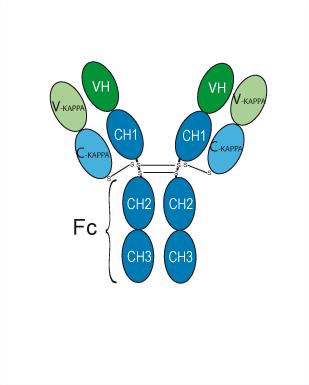
|
| A731 | GFB-024 Biosimilar(Anti-CB1 / CNR1 Reference Antibody) Featured |

|
|
| A730 | Nimacimab Biosimilar(Anti-CB1 / CNR1 Reference Antibody) Featured |

|
|
| A729 | Toray patent anti-Caprin-1 Biosimilar(Anti-CAPRIN1 Reference Antibody) Featured |

|
|
| A728 | Erenumab Biosimilar(Anti-CALCRL / CGRPR Reference Antibody) Featured |
Erenumab is a fully human monoclonal antibody. Erenumab inhibits the calcitonin gene–related peptide (CGRP) receptor. Erenumab can be used for the prevention of episodic migraine.
More description
|
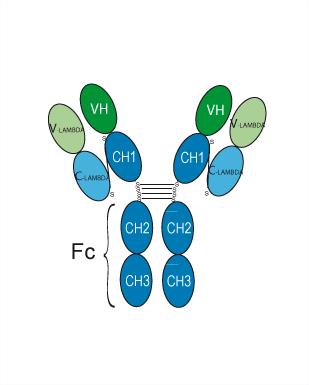
|
| A727 | Fremanezumab Biosimilar(Anti-CALCA / CGRP Reference Antibody) Featured |
Fremanezumab (TEV-48125) is a humanized IgG2a monoclonal antibody that selectively and potently binds to calcitonin gene-related peptide (CGRP). CGRP is a 37-amino acid neuropeptide involved in central and peripheral pathophysiological events of migraine. Fremanezumab has the potential for chronic migraine research.
More description
|
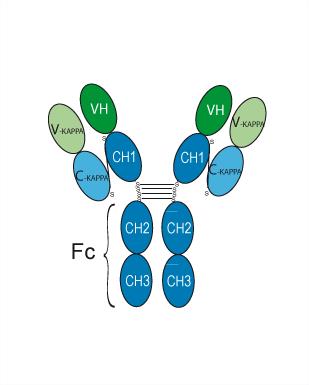
|
| A726 | Galcanezumab Biosimilar(Anti-CALCA / CGRP Reference Antibody) Featured |
Galcanezumab (LY 2951742) is a humanized IgG4 monoclonal antibody against the CGRP ligand. Galcanezumab can be used for migraine or cluster headaches research.
More description
|
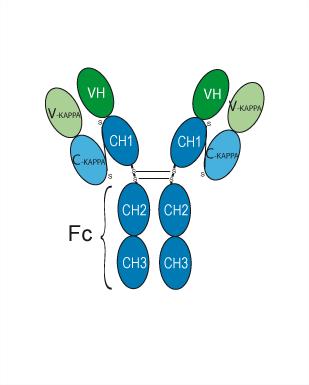
|
| DC74393 | BI-8128 Featured |
BI-8128 is a potent, selective, reversible and orally bioavailable fourth generation EGFR inhibitor, potently inhibits oncogenic EGFR variants del19 and L858R as well as the acquired EGFR resistance mutations T790M and C797S.
More description
|

|
| DC12145 | DLinDMA Featured |
DLin-DMA is an ionizable amino lipid with cationic properties and a pKa of 6.7. It is widely utilized in lipid nanoparticle (LNP) formulations alongside helper lipids to enable efficient nucleic acid delivery.
More description
|
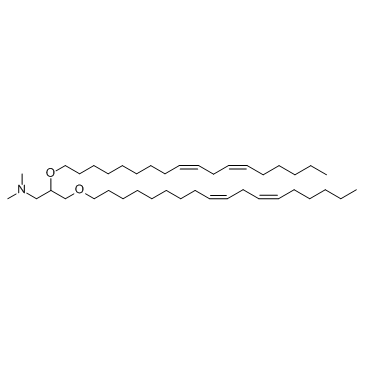
|
| DC37810 | Phenylacetylglutamine Featured |
Phenylacetylglutamine is used as biomarker for metabolic age.
More description
|

|
| DC67510 | Fluorocholine chloride Featured |
Fluorocholine chloride serves as a versatile biochemical tool for life science investigations, functioning both as an organic compound and biological marker in various research applications.
More description
|
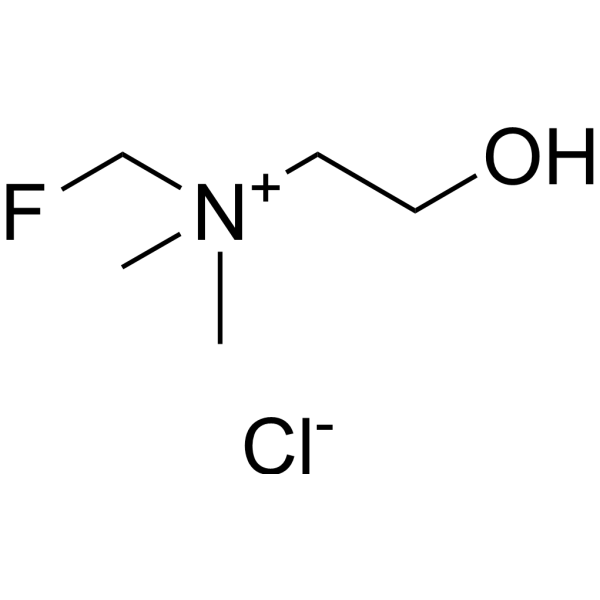
|
| DC60836 | Frutinone A Featured |
Frutinone A, a bioactive flavanone isolated from Rhus species, exhibits significant cytotoxic, antimicrobial, and anti-inflammatory properties. Studies have shown that Frutinone A inhibits cancer cell proliferation with IC₅₀ values in the low micromolar range (e.g., ~5-10 µM in certain cancer cell lines). It also demonstrates antibacterial activity against Gram-positive bacteria like Staphylococcus aureus with MIC values around 10-25 µg/mL. Additionally, Frutinone A exerts anti-inflammatory effects by inhibiting nitric oxide (NO) production in LPS-stimulated macrophages with an IC₅₀ of approximately 15-20 µM. These bioactivities make it a potential lead compound for further pharmaceutical development.
More description
|

|
| DC60835 | CIB-L43 Featured |
CIB-L43 is a TRBP inhibitor. CIB-L43 exhibits a nanomolar inhibitory activity with an EC₅₀ of 0.66 nM and a dissociation constant (K_D) of 4.78 nM, indicating strong binding affinity to TRBP. CIB-L43 effectively disrupts the TRBP-Dicer interaction, with an IC₅₀ of 2.34 μM, leading to suppression of oncogenic miR-21 biosynthesis. This suppression results in increased expression of PTEN and Smad7, thereby inhibiting AKT and TGF-β signaling pathways, which are essential for hepatocellular carcinoma (HCC) cell proliferation and migration. In vivo studies demonstrate that CIB-L43 has favorable pharmacokinetics, including 53.9% oral bioavailability, and exhibits antitumor efficacy comparable to sorafenib, a first-line anticancer drug, but with lower toxicity. These findings position CIB-L43 as a promising candidate for HCC treatment, combining potent TRBP inhibition with favorable drug-like properties.
More description
|

|